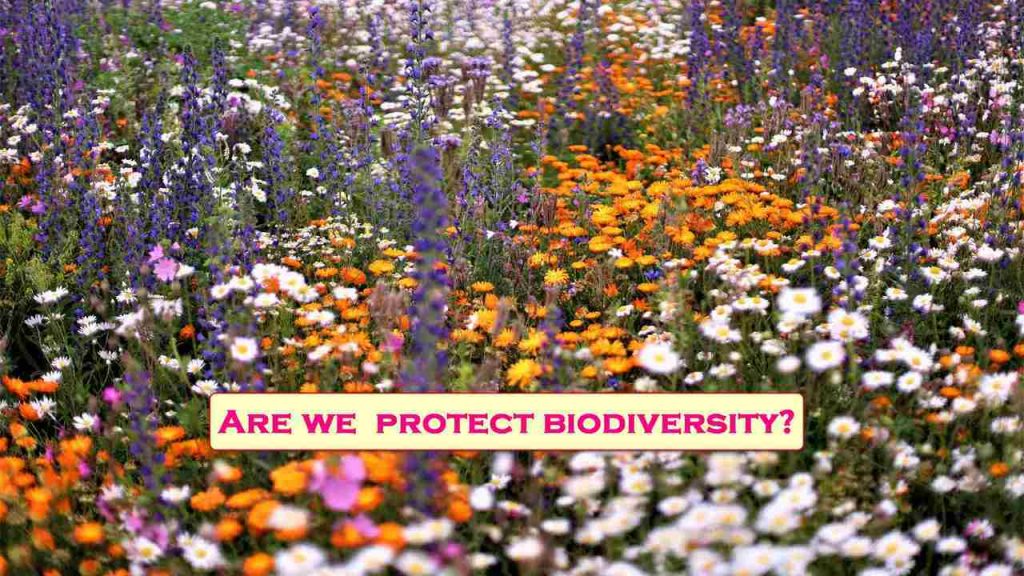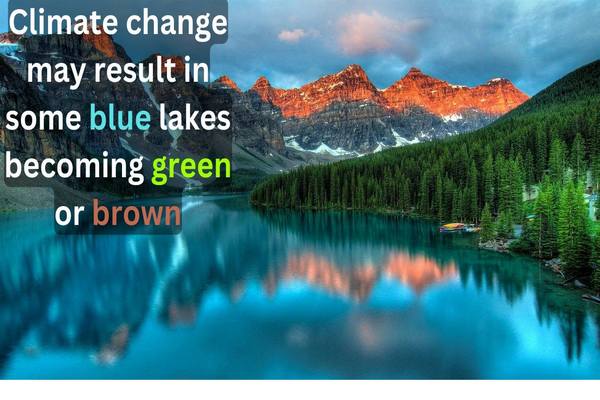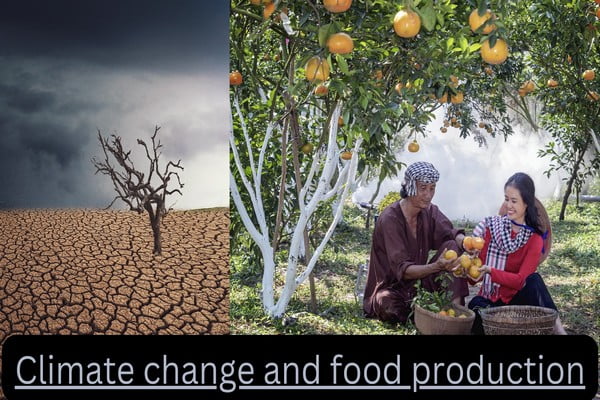Are we doing enough to protect biodiversity?

Biodiversity, also called biological diversity, is the different kinds of life that exist on Earth. Biodiversity is a measure of how different things are at the genetic (genetic variability), species, and ecosystem levels.
Sunday, May 22 has been declared as International Day for Biodiversity by the United Nations to raise awareness of the extinction threat affecting animals and plants.
Approximately one-third of all species are presently threatened by human activity. Later this year, nations will assemble in China for the United Nations Biodiversity Conference to establish a long-term plan to reverse the danger to all forms of life on Earth.
What exactly is meant by the term “biodiversity,” and why is it so crucial?
Biodiversity is the different kinds of animals, plants, fungi, and microorganisms like bacteria that live on Earth.
Animals and plants give people everything they need to live, like food, water, and medicine.
But we can’t get these benefits from just one kind of animal or plant. We need a wide range of species to work together and succeed.
Another way that plants benefit our physical environment is by purifying the air we breathe, reducing temperature rise, and protecting us from the effects of global warming.
Coral reefs and mangrove swamps can protect coastal areas from damage caused by increasing sea levels. Carbon dioxide and other pollutants may be absorbed by typical trees found in cities like London.
Many species are in danger of going extinct.
Over time, species change and die out. In fact, 98 percent of all species that have ever lived are now extinct.
But scientists are finding that species are going extinct 1,000 to 10,000 times faster than they thought they would.
Since 1964, the International Union for Conservation of Nature (IUCN) has been keeping a “red list” of species that are in danger of going extinct. Scientists have looked at more than 142,000 species and found that 29% are endangered, which means they have a very high chance of going extinct.
Which factors present major dangers to biodiversity?
According to a 2019 United Nations study, harvesting, logging, hunting, and fishing all had an influence.
Between 2001 and 2020, the globe lost 411 million hectares of tree cover, with primary forest accounting for 16% of the total. These are mature woods that have grown over hundreds, if not thousands, of years. The degradation of these diverse ecosystems can have major consequences for biodiversity.
Biodiversity loss is occurring everywhere, but the Natural History Museum in London discovered that Malta, the United Kingdom, Brazil, and Australia have seen the greatest changes owing to pollution, fast industrialization, and excessive water consumption.






